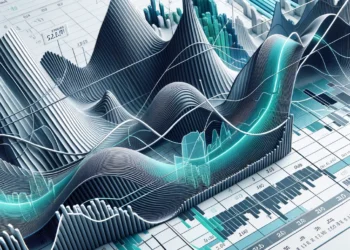The recent disclosure of monthly inflation figures by the Government of India reveals a slight deceleration in the inflation rate. However, the rate consistently surpasses the Reserve Bank of India’s (RBI) comfort zone of 2% to 4%, igniting discussions about potential economic impacts. This situation emphasizes the need to examine the future trajectory of inflation. Can an analysis of historical data illuminate upcoming trends? Moreover, how can insights from the RBI’s household survey on price expectations and Government Securities (GSec) data enhance our comprehension of India’s long-term inflation outlook? This article aims to navigate these questions by delving into past data and trends, striving to unravel the intricacies of India’s inflation narrative.
Understanding Combined CPI Inflation
An examination of the aggregate general index number, a weighted average of individual item prices, provides a detailed understanding of the dynamics of inflation over time. Rather than focusing on the inflation of specific items, assessing their proportional impact on the overall index offers a more transparent view of their role in driving or curbing inflation. The accompanying chart presents a thorough overview of India’s Consumer Price Index (CPI) inflation since FY2014, underscoring the crucial role of certain items.


